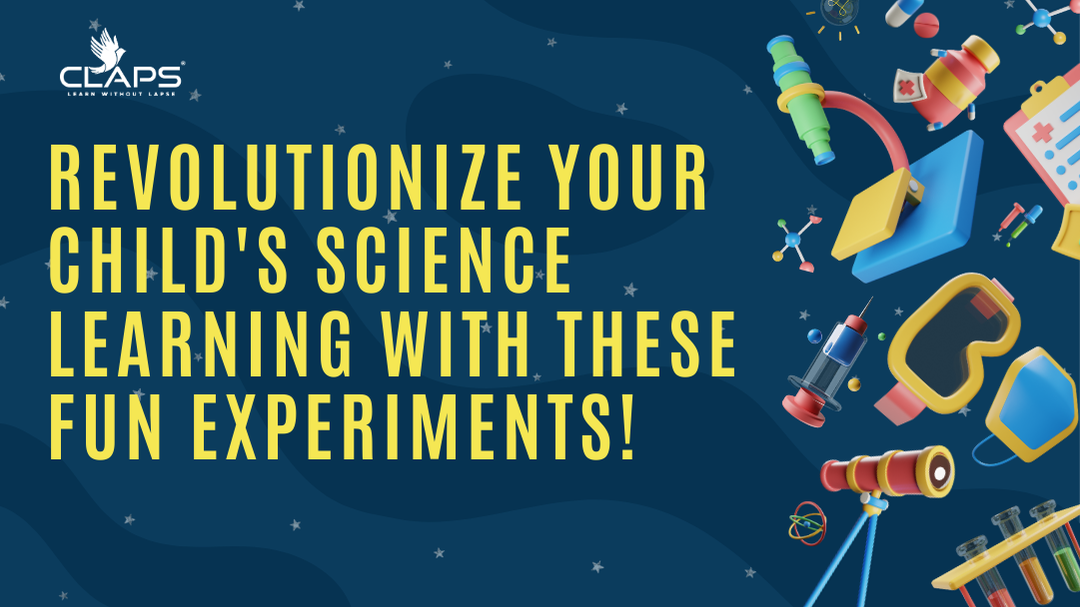Science can be one of the most exciting subjects for children when approached with creativity and hands-on activities. Here are some fun and educational experiments to revolutionize your child’s science learning, making complex concepts easy to understand and enjoyable.
- Baking Soda and Vinegar Volcano
- Baking soda
- Vinegar
- Dish soap
- Food coloring
- A small plastic bottle
- Modeling clay or playdough (to create the volcano shape)
- Place the plastic bottle in the center of a tray.
- Use clay or playdough to shape the volcano around the bottle, leaving the opening clear.
- Add a few tablespoons of baking soda into the bottle.
- Mix vinegar with dish soap and food coloring.
- Pour the vinegar mixture into the bottle and watch the “lava” erupt.
- DIY Rainbow in a Jar
- Honey
- Dish soap
- Water
- Vegetable oil
- Rubbing alcohol
- Food coloring
- A clear glass jar
- Pour each liquid into separate cups and add different food coloring to each (except for the honey).
- Carefully layer the liquids in the jar, starting with honey, then dish soap, followed by water, vegetable oil, and finally rubbing alcohol.
- Pour each liquid slowly to avoid mixing.
- Homemade Slime
- White school glue
- Baking soda
- Contact lens solution
- Food coloring (optional)
- Mixing bowl and spoon
- Pour 1/2 cup of glue into the mixing bowl.
- Add a few drops of food coloring, if desired, and mix well.
- Stir in 1/2 teaspoon of baking soda.
- Add 1 tablespoon of contact lens solution and mix until the slime starts to form.
- Knead the slime with your hands until it reaches the desired consistency.
- Grow Your Own Crystals
- Borax or salt
- Hot water
- A jar
- A pencil
- String
- Food coloring (optional)
- Dissolve borax or salt in hot water until no more will dissolve, creating a saturated solution.
- Tie a string to the pencil and place it across the top of the jar, allowing the string to dangle into the solution.
- Optionally, add a few drops of food coloring.
- Leave the jar undisturbed for several days and watch the crystals form on the string.
- Balloon-Powered Car
- Balloons
- Straws
- Tape
- Four bottle caps (wheels)
- Cardboard or plastic for the car body
- Skewers or pencils for axles
- Create the car body using cardboard or plastic.
- Attach the bottle caps to the ends of the skewers to make wheels and axles.
- Tape the axles to the car body.
- Tape a straw to the top of the car and attach a balloon to the other end of the straw.
- Inflate the balloon, hold the end, place the car on the ground, and release the balloon to propel the car forward.


